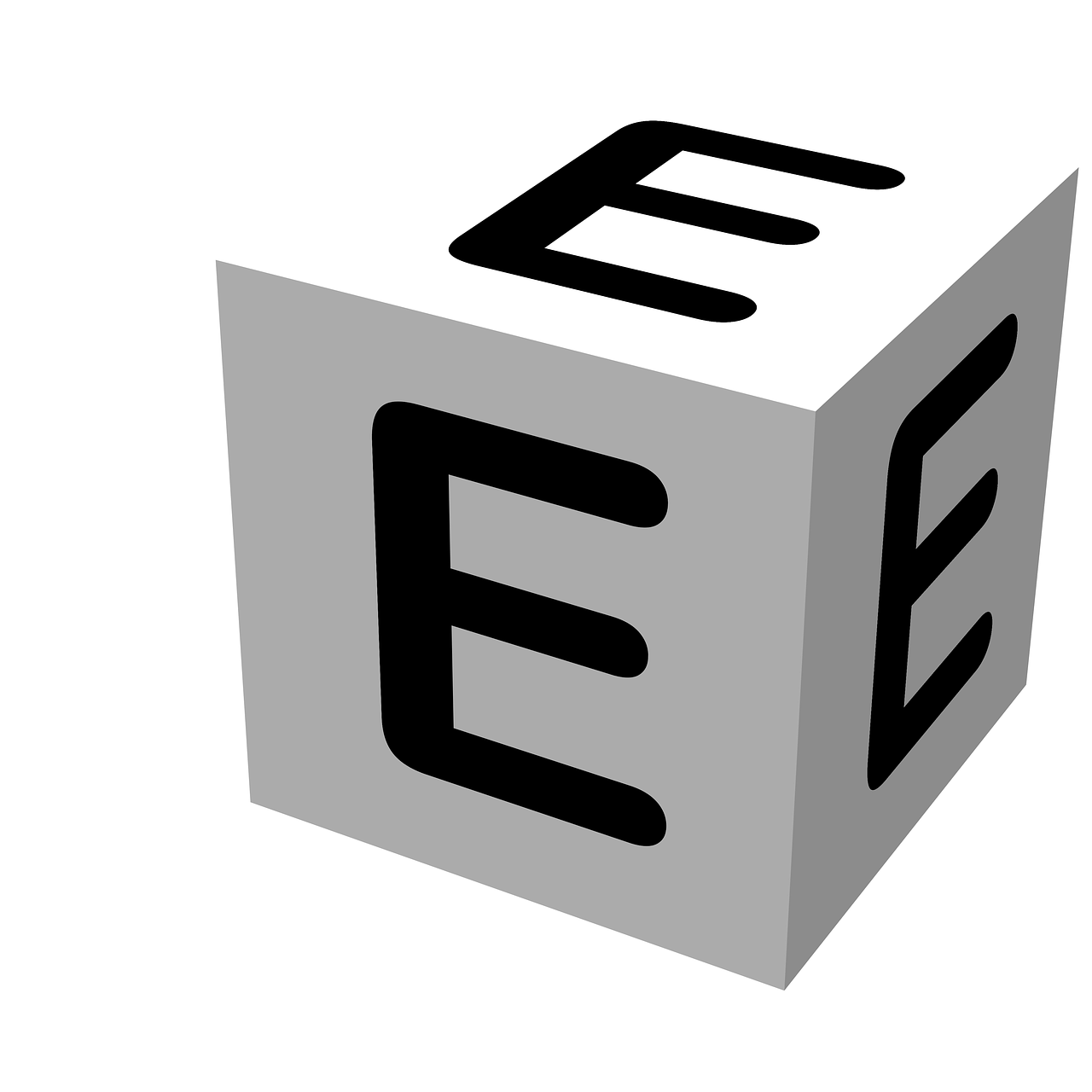Bad Estrogen (and how to fix it)
Estrogen is one of the most important hormones in the human body, and obviously incredibly influential in women’s health.
And while estrogen is critical for optimal health…
There are moments where estrogen levels can get out of control and negatively affect a woman’s health.
Dr. Wiggy’s written about this condition, known as estrogen dominance, in a few blog posts.
And today, we’re going to recap what he’s written.
What Is Estrogen Dominance Anyways?
Estrogen levels are supposed to be in precise balance so that sexual function as well as normal function of the female’s endocrine system is balanced.
When estrogen dominance occurs the body doesn’t necessarily make too much estrogen… but a lower production of progesterone can cause an imbalance between estrogen and progesterone.
Women can suffer from the symptoms of estrogen dominance for 10 to 15 years, beginning as early as age 35.
And as Dr. Christiane Northrup says about estrogen dominance: “When a woman’s menstrual cycle is normal, estrogen is the dominant hormone for the first two weeks leading up to ovulation. Estrogen is balanced by progesterone during the last two weeks.
As a woman enters perimenopause and begins to experience anovulatory cycles (that is, cycles where no ovulation occurs), estrogen can often go unopposed, causing symptoms. Skipping ovulation is, however, only one potential factor in estrogen dominance. In industrialized countries such as the United States, there can be many other causes, including:
- Excess body fat (greater than 28%)
- Too much stress, resulting in excess amounts of cortisol, insulin, and norepinephrine, which can lead to adrenal exhaustion and can also adversely affect overall hormonal balance
- A low-fiber diet with excess refined carbohydrates and deficient in nutrients and high quality fats
- Impaired immune function
- Environmental agents
Estrogen dominance is easily diagnosed with blood testing of hormone levels…
But if you’re curious if you suffer from it, then take a look at this write up and common symptoms:
- Decreased sex drive
- Irregular or otherwise abnormal menstrual periods
- Bloating (water retention)
- Breast swelling and tenderness
- Fibrocystic breasts
- Headaches (especially premenstrually)
- Mood swings (most often irritability and depression)
- Weight and/or fat gain (particularly around the abdomen and hips)
- Cold hands and feet (a symptom of thyroid dysfunction)
- Hair loss
- Thyroid dysfunction
- Sluggish metabolism
- Foggy thinking, memory loss
- Fatigue
- Trouble sleeping/insomnia
- PMS
If you suffer from a handful of these symptoms there’s a chance you could be dealing with estrogen dominance. And obviously, a visit to your physician’s office and lab work will tell you if there’s an actual issue.
That being said, there’s a bit that you can do to help keep estrogen and progesterone in balance, and the key ingredient in Estrogen Control that does that is DIM.
Get Our DIM-Powered Estrogen Control
DIM or Diindolylmethane for long, is a naturally occurring compound that comes from a variety of cruciferous vegetables that can help to alleviate estrogen imbalances.
If you want to learn more about how it works, you can visit this article where Dr. Wiggy talks about the mechanisms that allow it to help support healthy estrogen levels.
In summary, DIM helps to inhibit the function of an enzyme responsible for converting testosterone into estrogen (which creates excess estrogen) and then it also helps to turn “bad estrogen” into “good estrogen”.
Our patients love it, and out of the 40 reviews we have for it, only 1 is a 4-star review (the rest are all 5-start reviews).



